The following is a photo essay by Şehribanu Turan. Turan was born and raised in an Azeri family in Istanbul, where she studies Sociology and Persian Language/Literature at Istanbul University. The accompanying text was written collaboratively by Turan and Ajam editors Kamyar Jarahzadeh and Alex Shams.
Ashura is a day of mourning marked by Muslims around the world to commemorate the martyrdom of the grandson of the prophet Muhammad, Hossein, and his compatriots. The story of this martyrdom at the Battle of Karbala and its commemoration is of particular importance to Shia Muslims around the world. The battle took place in 680 A.D. when the grandson of the Prophet Muhammad was killed by the forces of the second Umayyad Caliph, Yazid. The residents of the nearby town Kufa began a tradition of mourning as a form of atonement for not coming to the aid of Hossein, which took on religious significance for Shia Muslims. In recent years celebrations of the event have becoming increasingly charged and imbued with sectarian meaning, particularly in sites of active conflict.
But Ashura is at its core a day of mourning against injustice, and has been marked by people of all faiths across large swathes of South, Central, and Western Asia for centuries. As far as the Caribbean and Indonesia, forms of Ashura celebrations take place. In South Asia in particular, the day of mourning processions and colorful marches has become a highly intercommunal occasion often featuring participation from Muslims of all stripes as well as Hindus and others. But even there, for political and historical reasons related to colonialism and the rise of identity politics, the intercommunal nature of Ashura has declined rapidly over the last century.
Ashura commemorations today can be highly politically charged events, and increasingly have become symbolic markers of visibility for Shia communities around the world, who are by and large minorities in the majority of countries in which they reside. In countries like Egypt, Qatar, or Saudi Arabia, where significant but nearly invisible Shia communities reside, rituals associated with the month of Muharram are often the only time when communal identity surfaces and makes itself heard. Although as a result of the Fatimid Dynasty many Egyptian Sunnis maintain a level of reverence for the family of the Prophet, if it weren’t for the yearly Ashura commemorations by thousands of Egyptian Shias at al-Hussein Mosque in Cairo (where the head of Hussein is believed to be interred), the presence of an actually existing Shia community of around 1 million in the country would scarcely be known.
Turkey, however, offers a unique case study, wherein Shia identity is not formally forbidden but where the sheer diversity of Shia sects and the homogenous ethnic and religious character of the official narrative of national identity often works to suppress knowledge or visibility of Turkish Shiism. The primary Shia group in Turkey is Alevism, a branch of the faith that traces its theological lineage through Jafari Shiism with strong Sufi elements (and is distinct from Syrian-oriented Alawism). Although the practices of this group are diverse, Muharram is typically commemorated in a different form by Alevis, primarily with a fast that ends on Ashura.
This photo essay, however, presents a look at the celebration of Ashura in the month of Muharram by the Twelver Shia (Jafari) community living in Istanbul. Twelver Shias are the largest Shia community in the world, being dominant in Iran, Iraq, Lebanon, and many other predominantly Middle Eastern countries (but not Yemen). While official figures are difficult to come by, figures suggest there are about three million Twelver Shias living in Turkey: one million in Istanbul and two million in other parts of Turkey. Most, though not all, of this Shia population are of Azeri descent.
The emergence of Twelver Shiism in Turkey is largely linked to recent Azeri migrations. Although by the mid-20th century observance and religious traditions among Twelver Shias had weakened due to the lack of connections with other Shia communities abroad, beginning in the 1960s a number of scholars traveled to Iraq and Iran for religious education. These scholars revived the sect from its important jurisprudential cities, Najaf and Qom, imposing new ideas of orthodoxy and integrating them with existing traditions. Today, it is estimated that there are 40 Shia mosques in Istanbul and 300 more in Turkey.
The celebrations pictured here take place in the historically Shia neighborhood of Zeynebiye in Istanbul. Zeynebiye holds a particularly important place in the hearts of many Shia, as it is believed that the mother of the 12th Imam — a figure who Twelver Shia Muslims consider to be in occultation but whose return promises to bring the end of the world — traces her own lineage to the area. In recent years, the large attendance of the ceremony has even included visits from heads of state, including Turkish president Recep Tayyip Erdogan, pointing to official acceptance and support for the community even while they remain nearly invisible in the national consciousness. The commemorations include a march as well as a taziyeh, a ritual re-enactment of the Battle of Karbala before spectators.


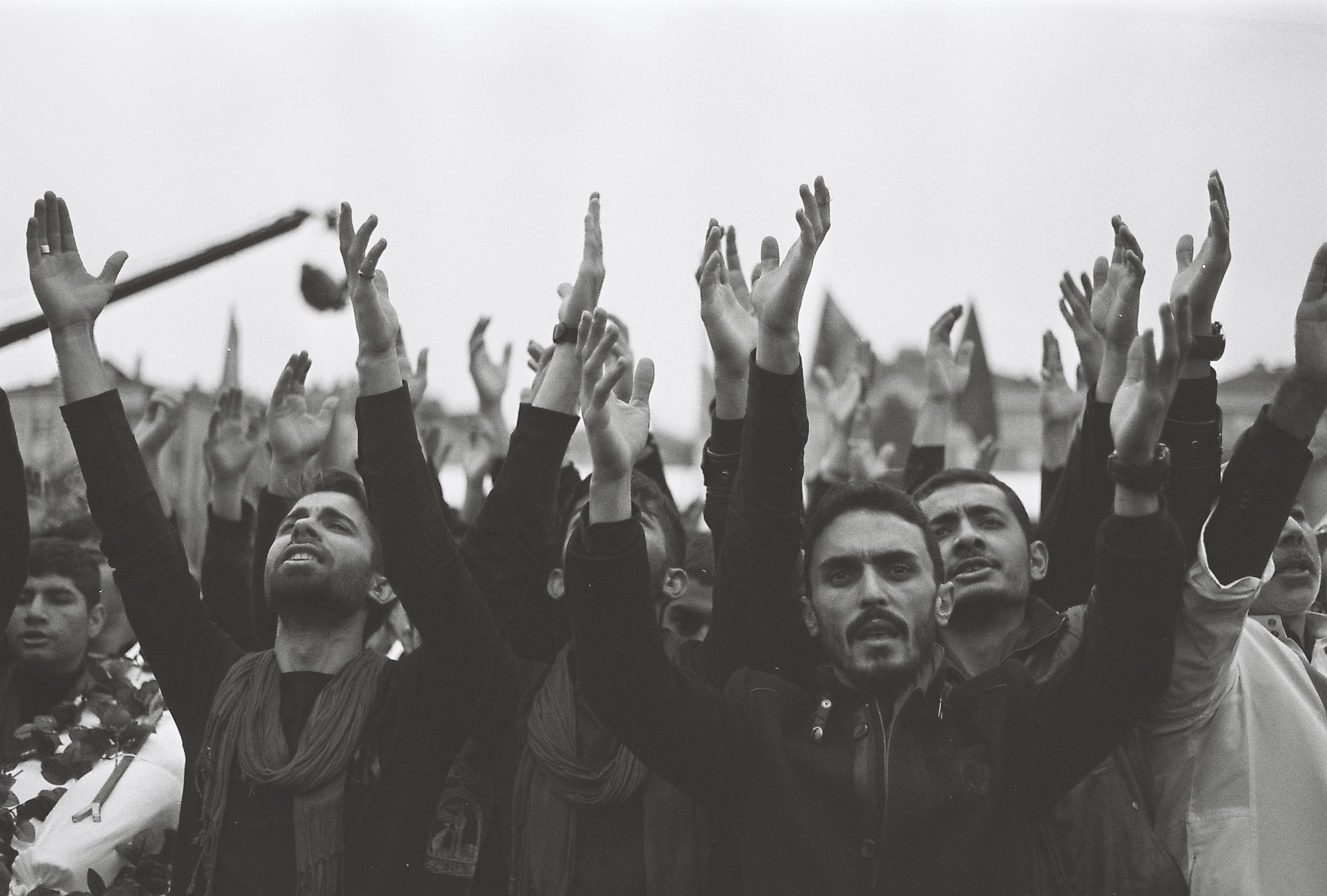
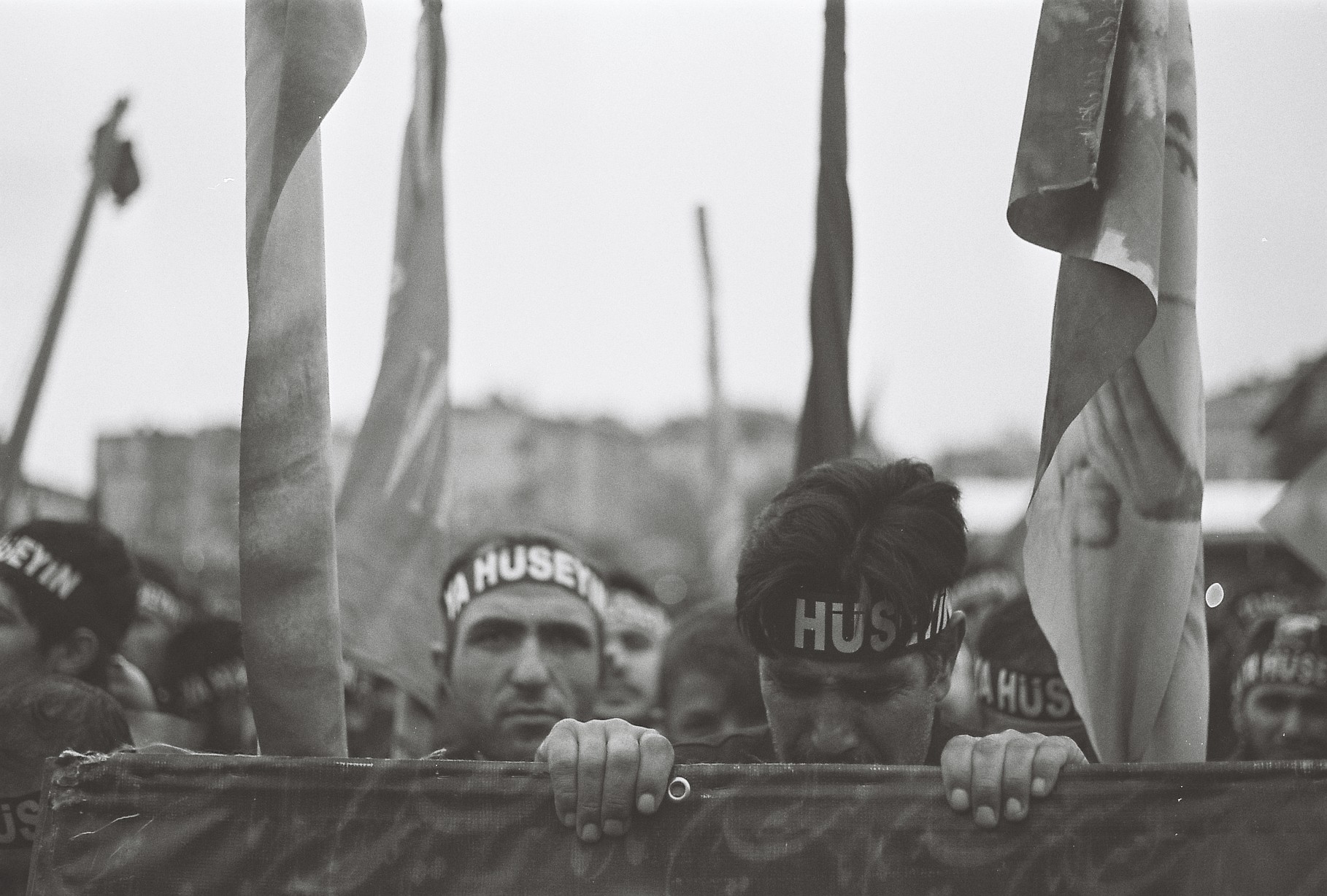
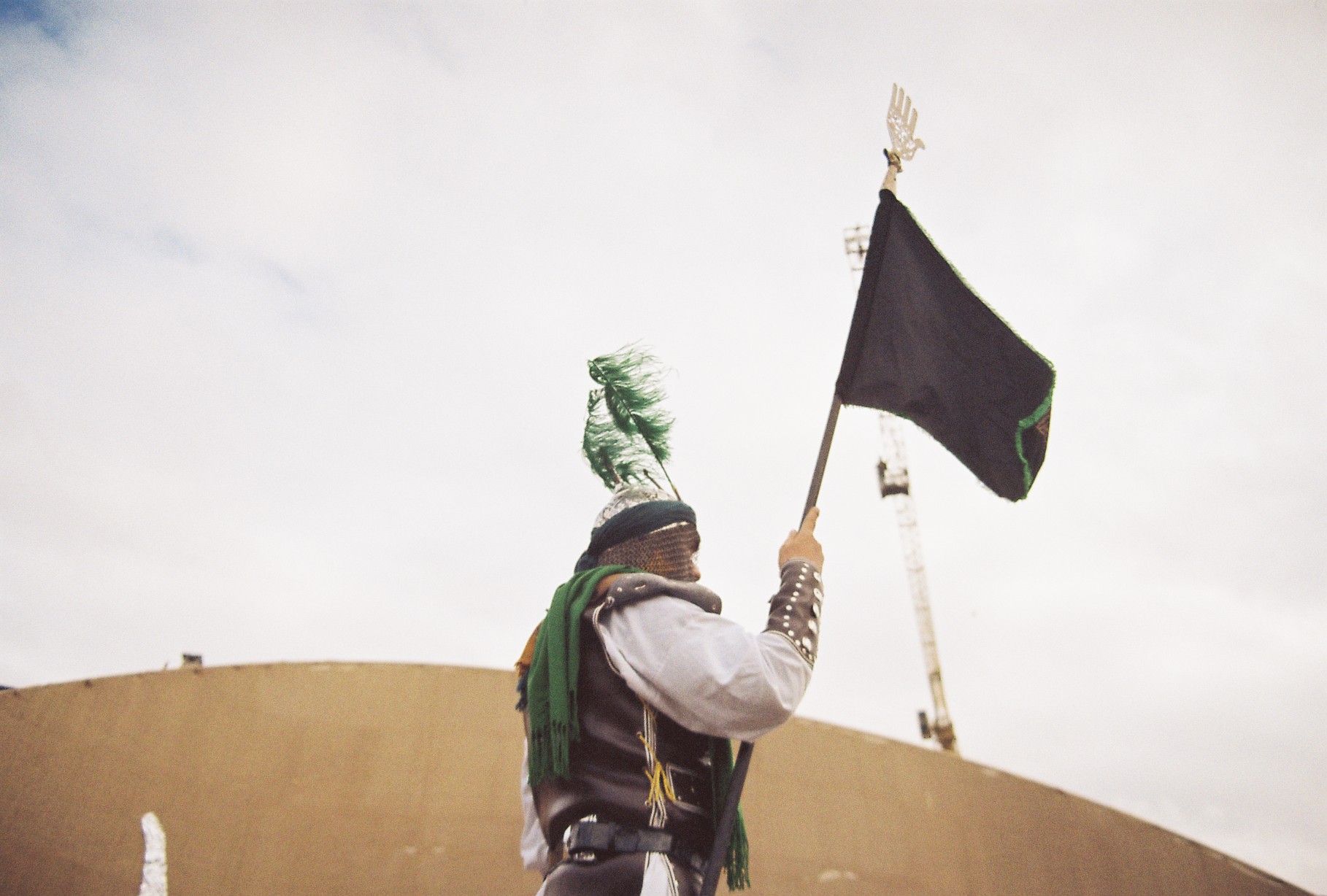
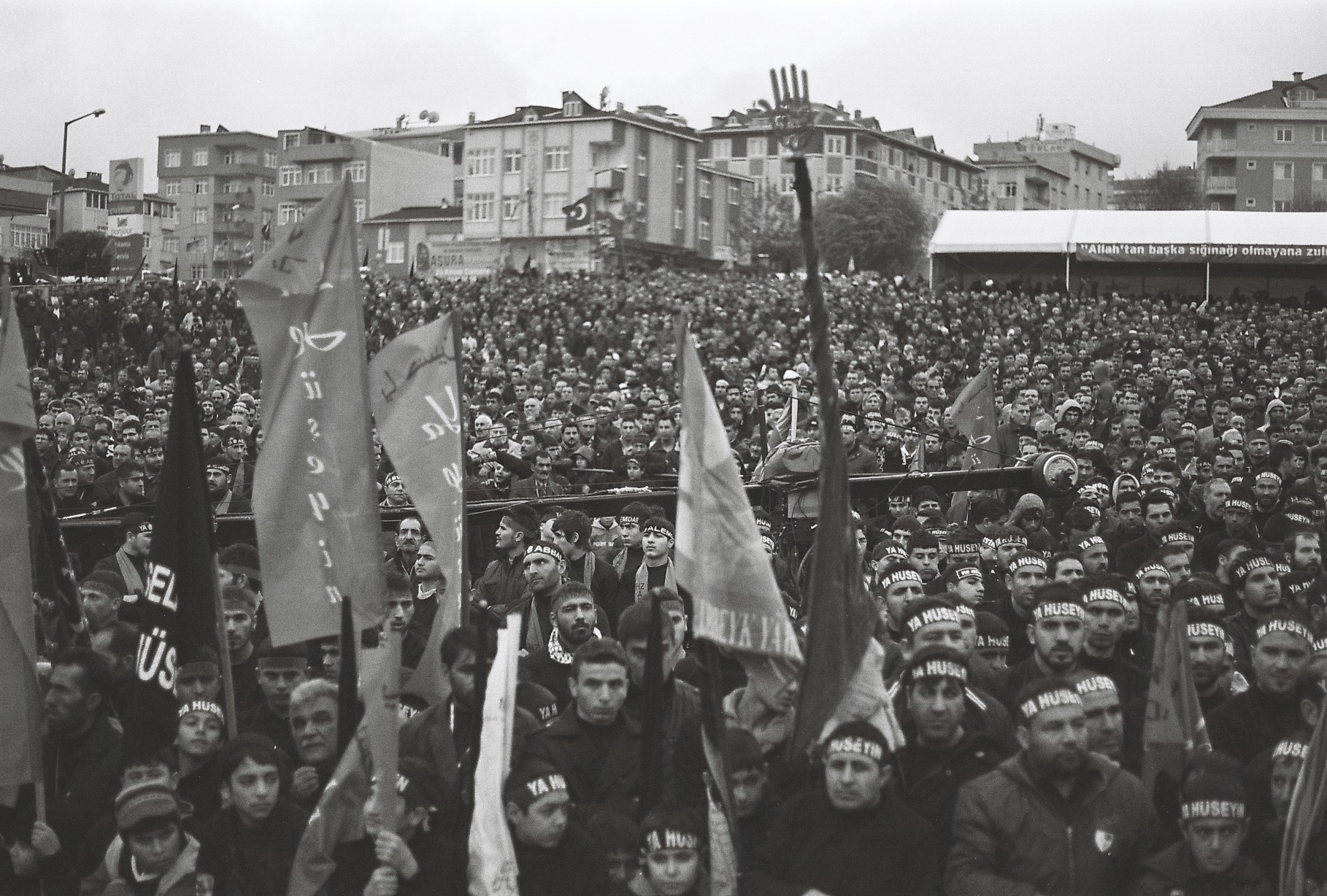

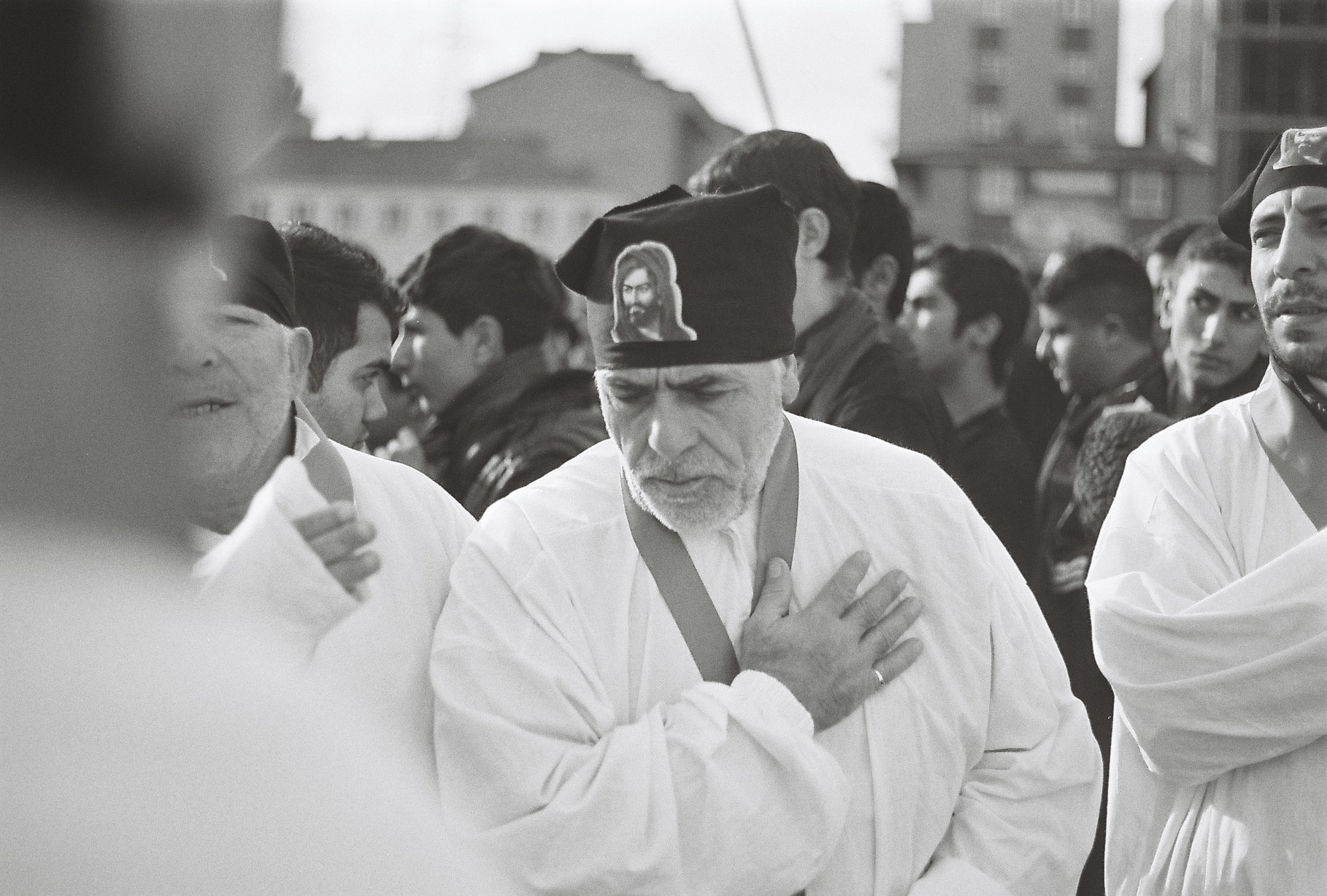
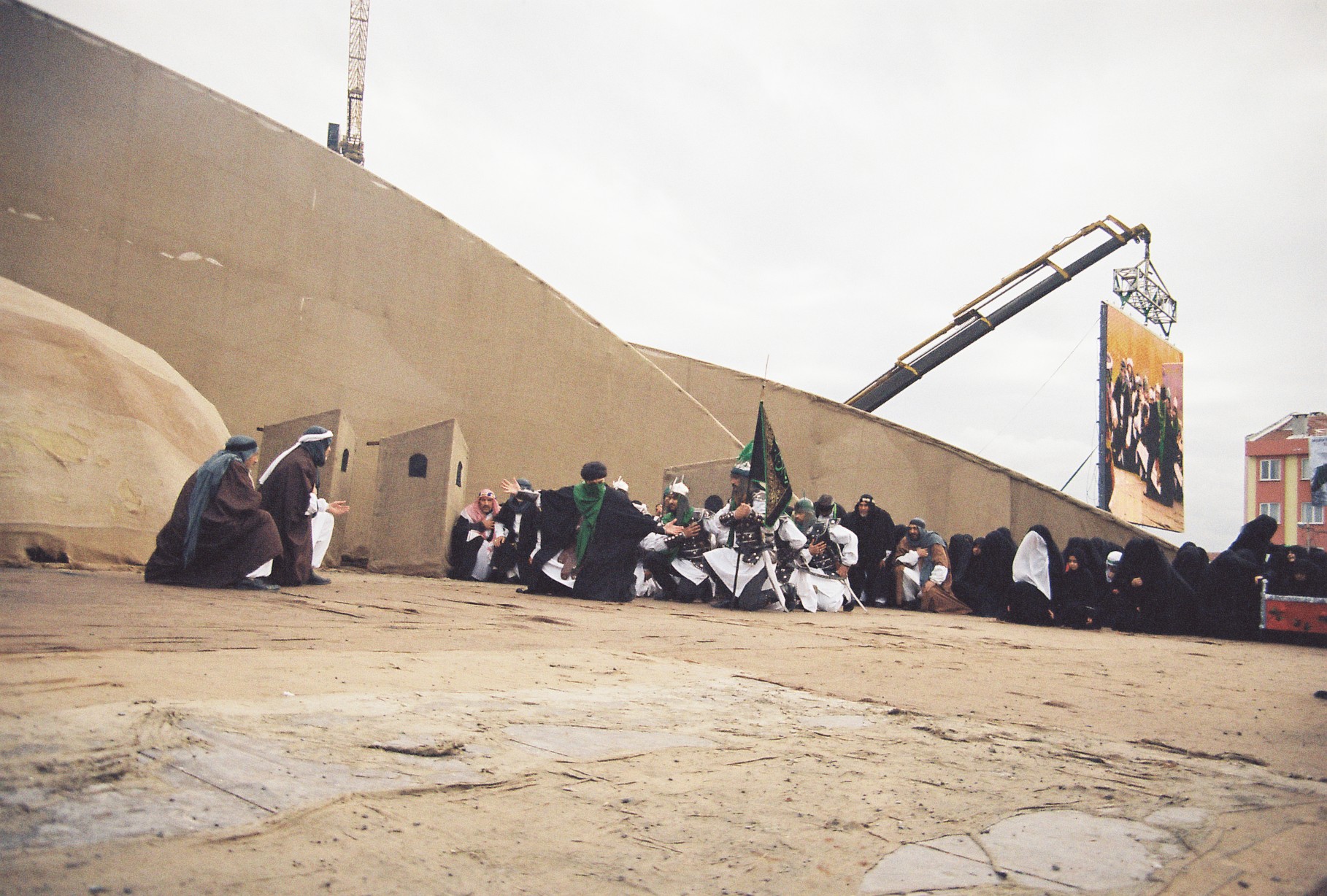
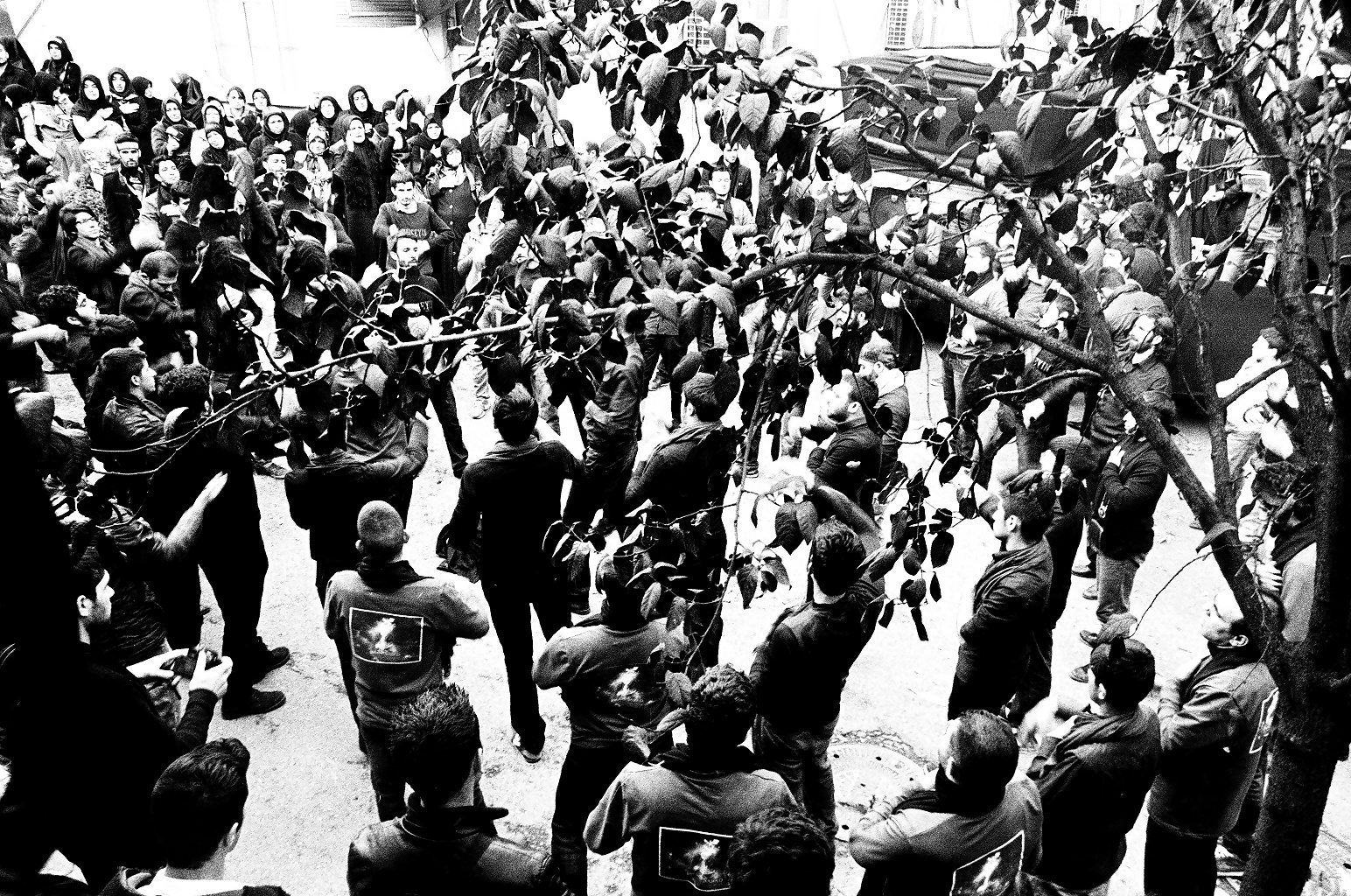
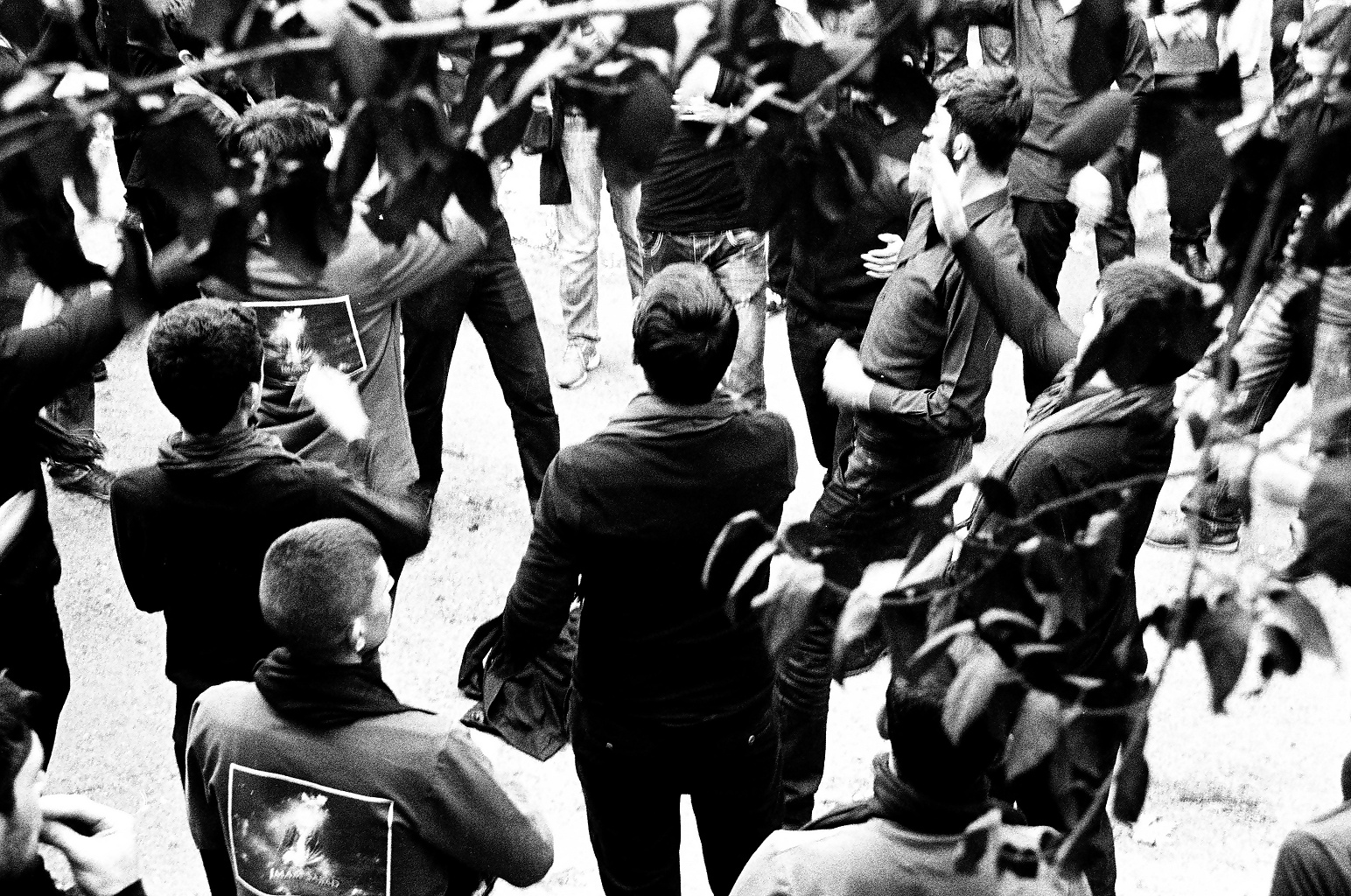

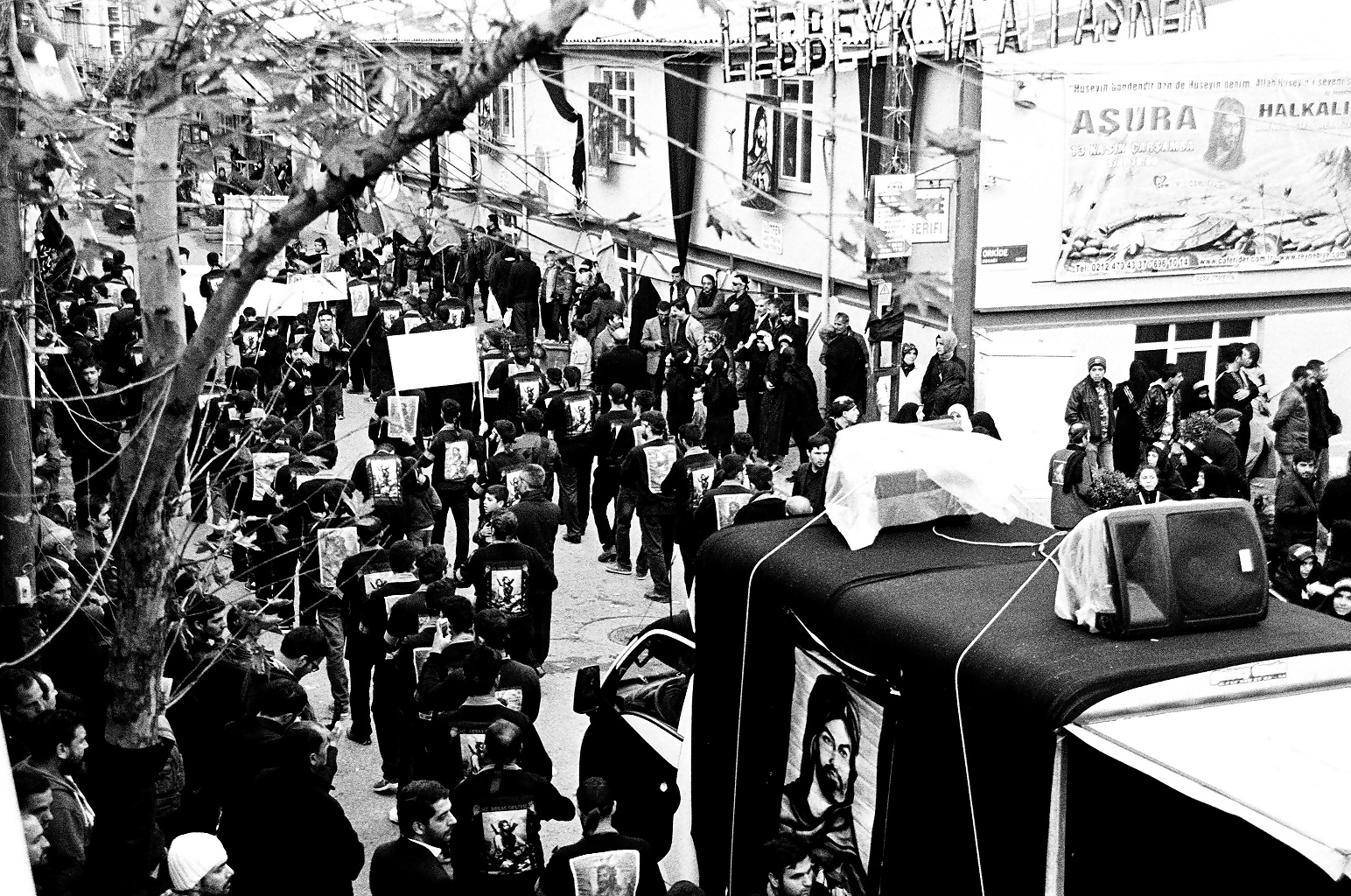
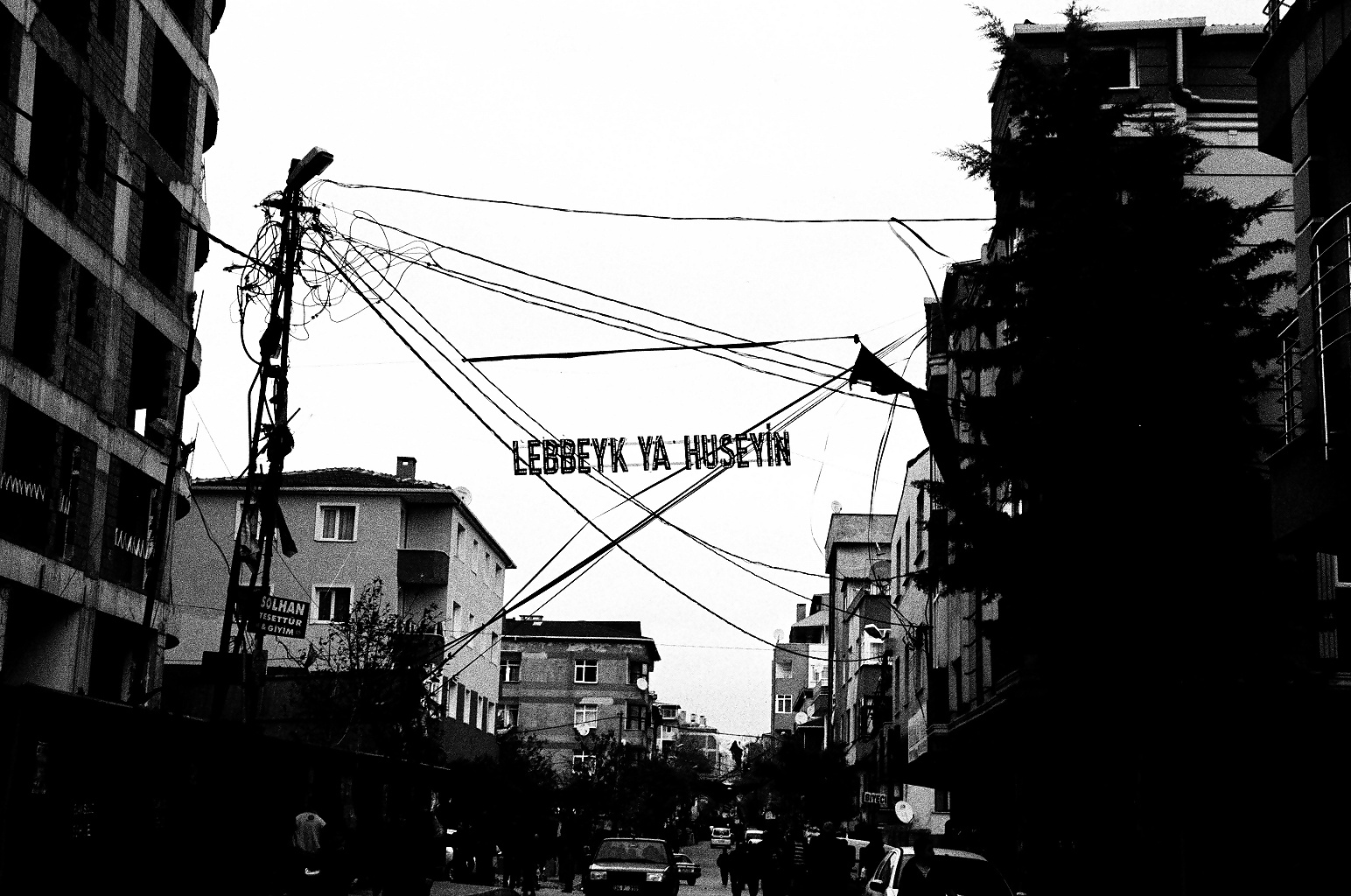
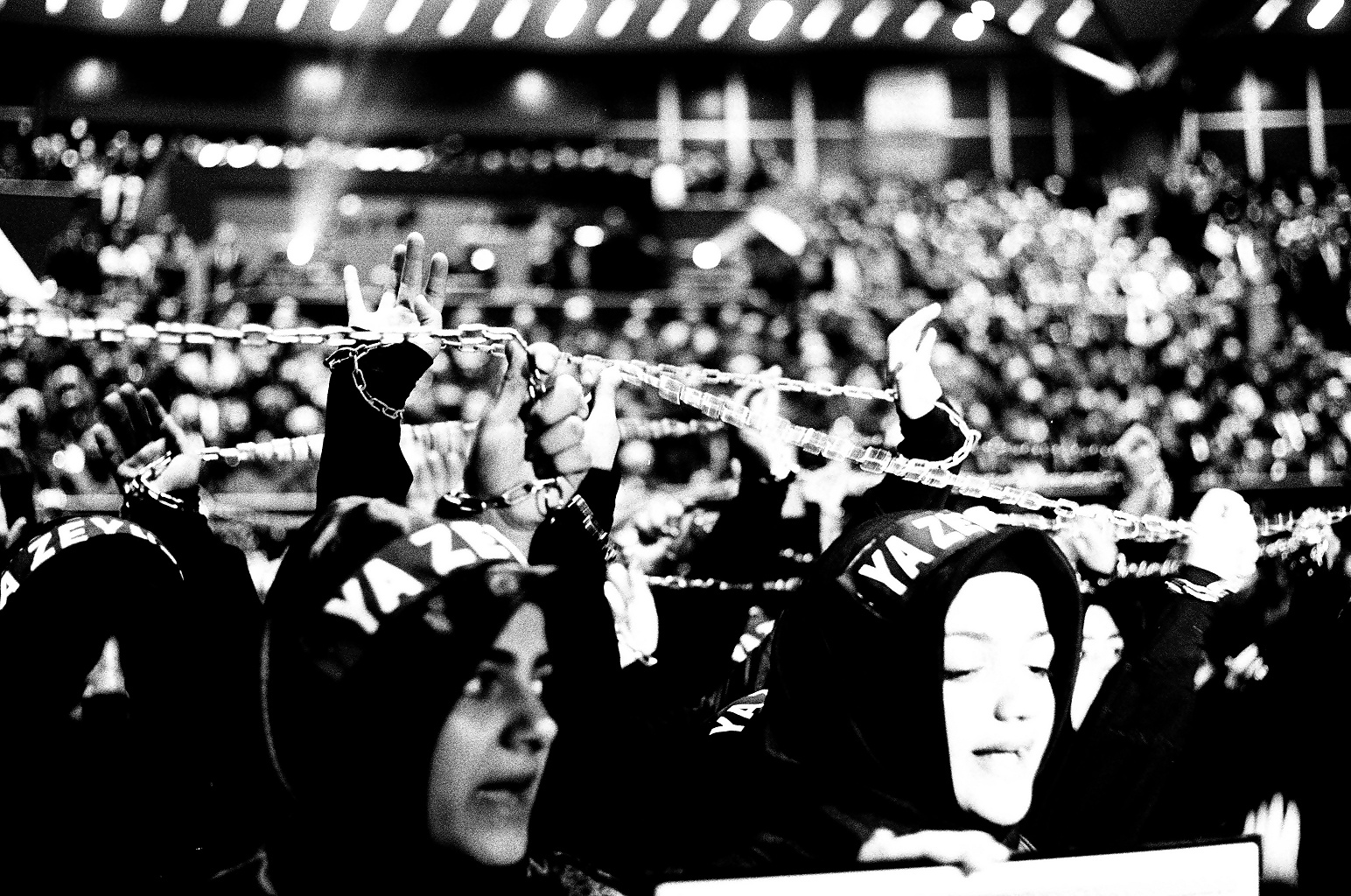
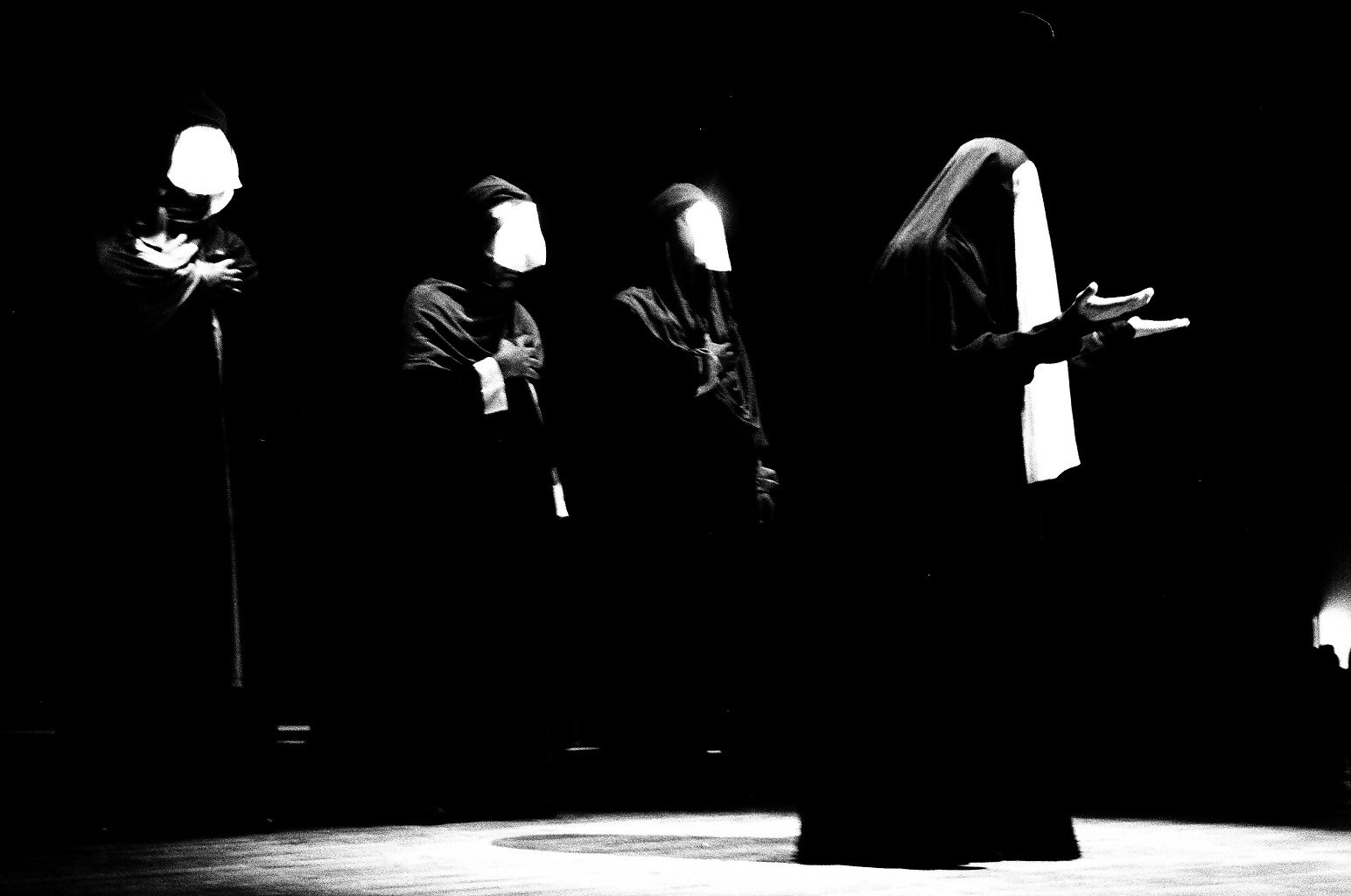
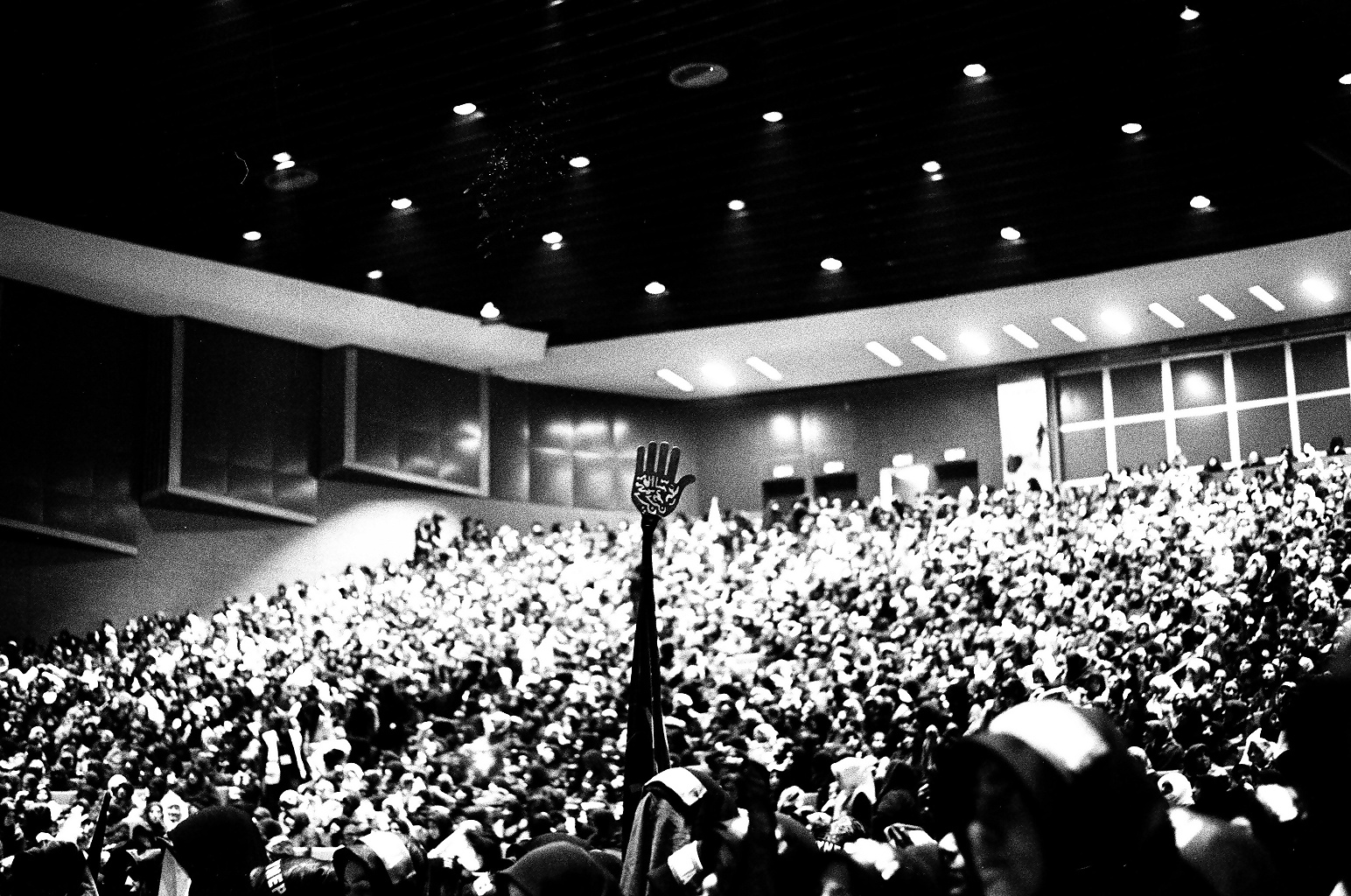
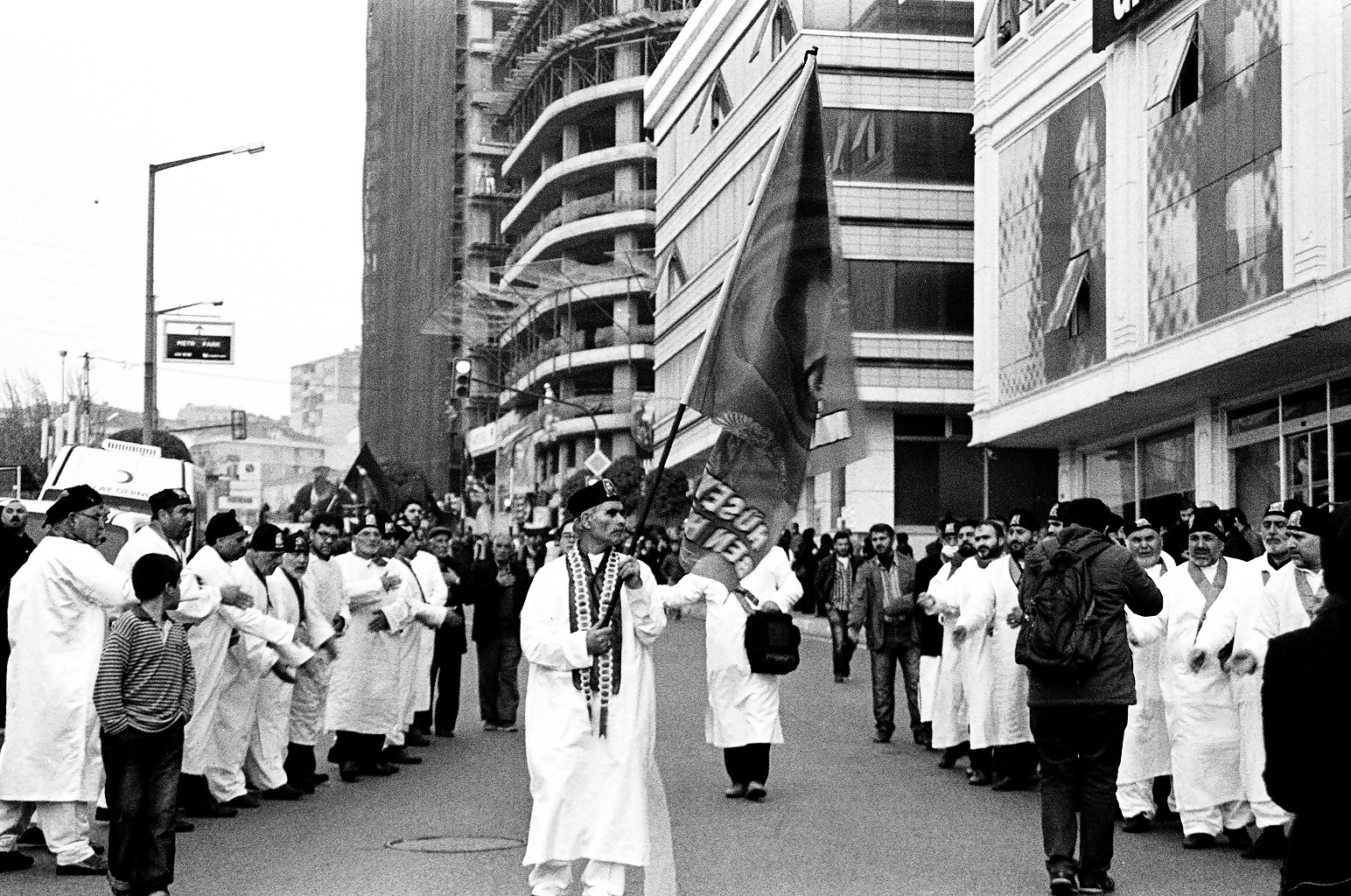
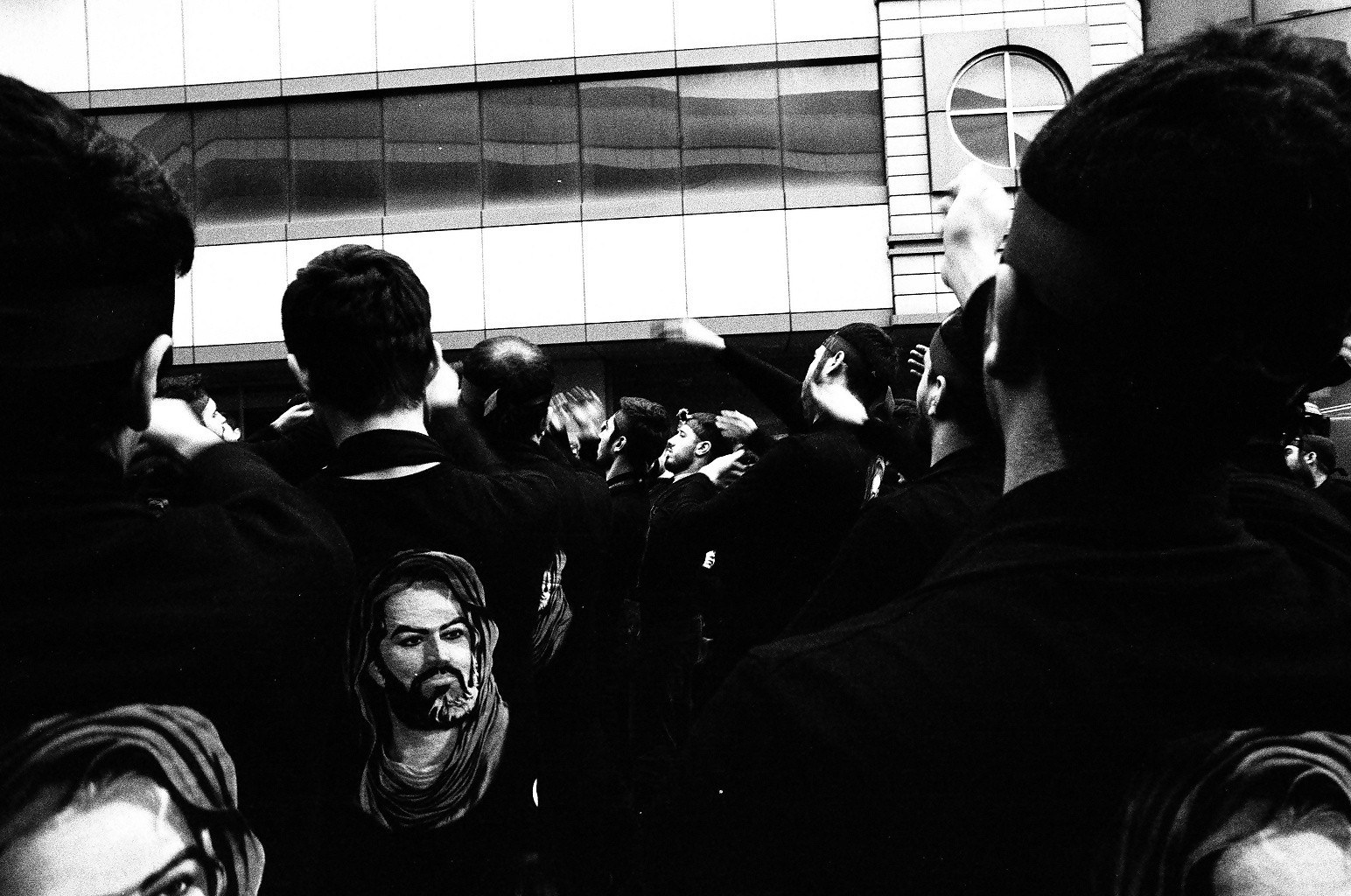

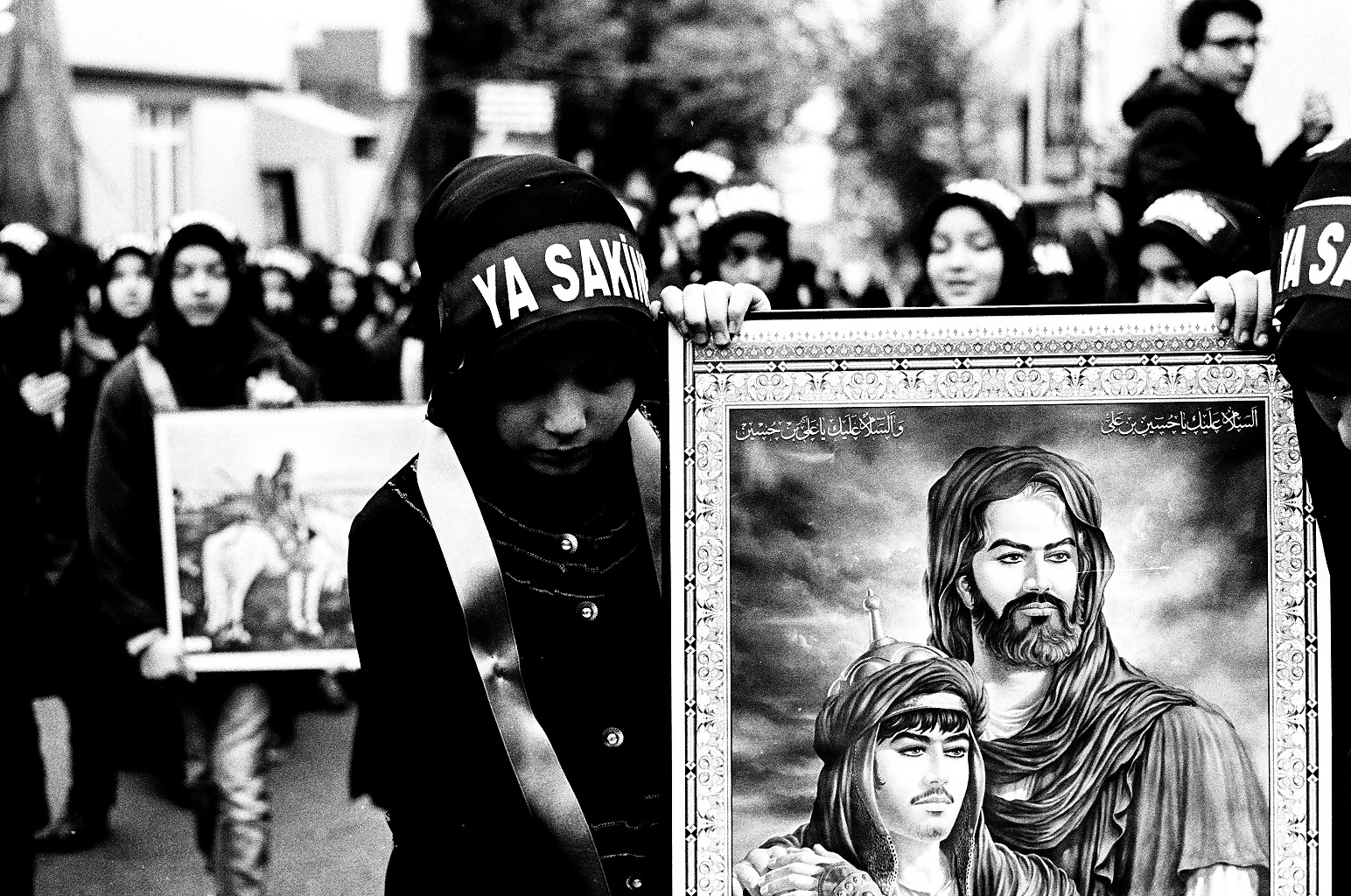
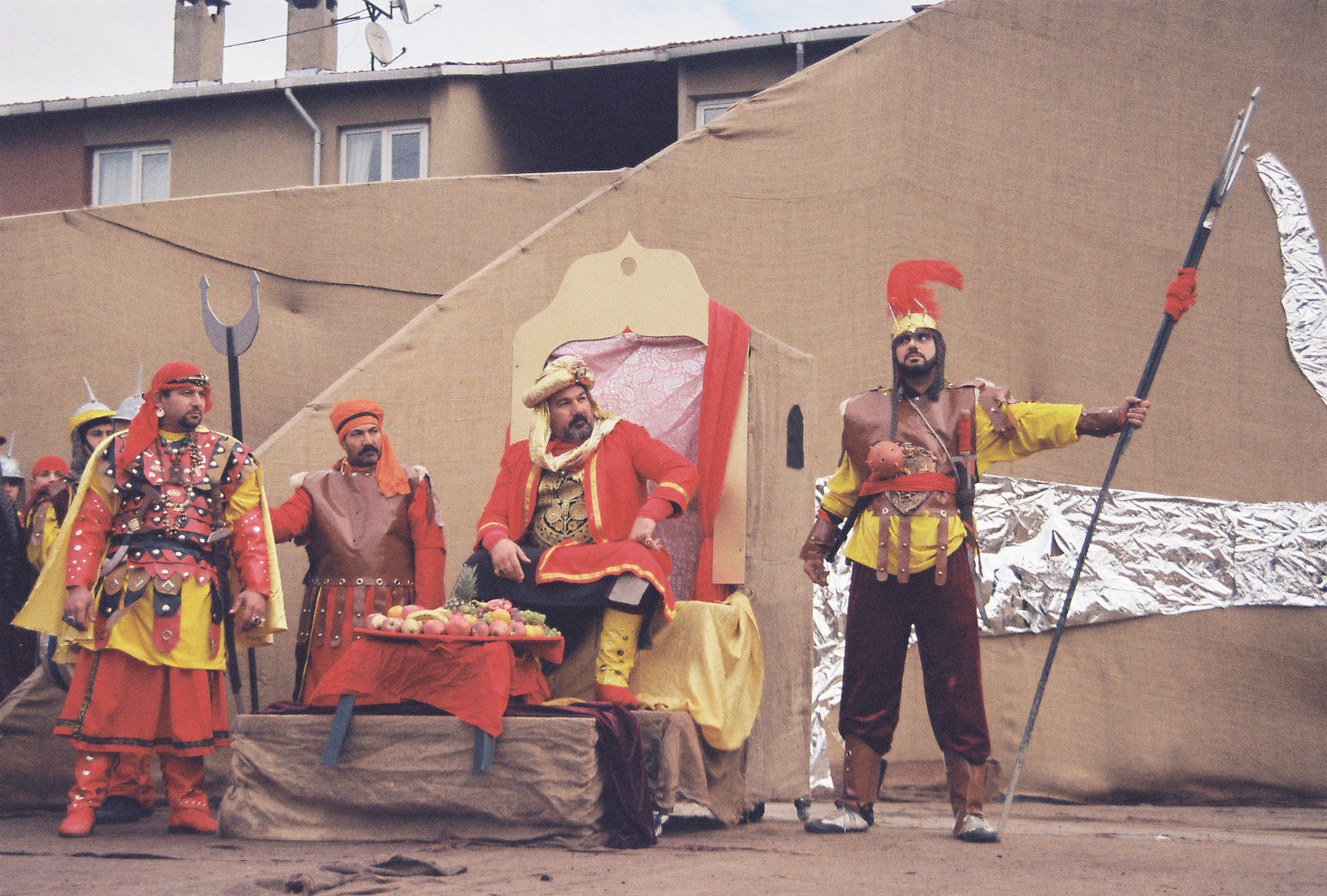
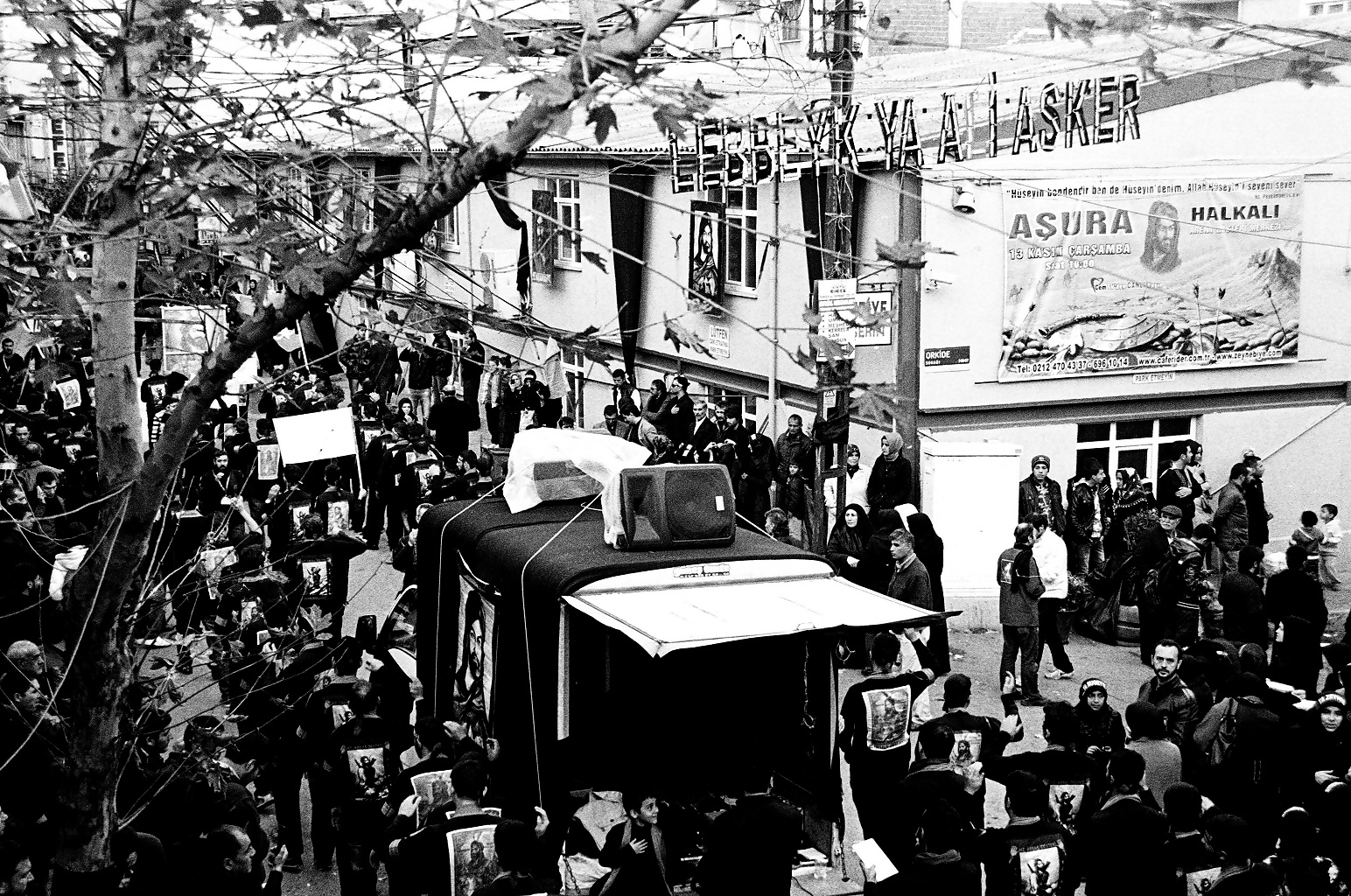










4 comments
Fantastic and informative
Very informative .. Recently visited turkey and was curious about this segment of muslim culture and tradition among turks